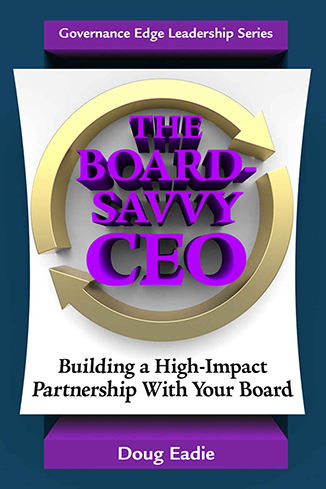Our readers are no doubt aware of our recent decision to focus our Extraordinary CEO blog on leadership in the economic and community development arena. Our updated mission is “to provide – in close cooperation with the International Economic Development Council – economic and community development chief executive officers and executives who aspire to become CEOs with a forum for the exchange of practical, thoroughly-tested information that is aimed at taking CEO leadership to the next – extraordinary – level.”
In light of our new focus, it’s appropriate that this inaugural post features my recent video interview with Jeff Finkle, long-time President & CEO of the International Economic Development Council, and Craig Richard, President & CEO of the Tampa Bay Economic Development Council and past Chair of IEDC. Drawing on their rich and extensive experience and close partnership, Jeff and Craig provide practical guidance to economic and community development chief executives and senior executives aspiring to reach the top spot in an EDO on building a solid and productive partnership with their boards. As you well know, this is a preeminent issue in the field of governance, for two primary reasons. First, long experience has taught that a chief executive’s success – and longevity at the helm – depends more than any other factor on a close, positive, and enduring working relationship with her board. Second, all too many brand-new CEOs take the helm of an EDO not board-savvy enough to meet the imperative challenge of board-CEO partnership building.
Over the course of my thirty-plus years of work as a CEO coach and governance consultant to nonprofit and public organizations, I can’t tell you how many new CEOs I’ve seen run into trouble early in their tenure because they’ve lacked the knowledge and skills required to build an adequate partnership with their new board. More than a few have been sent packing before completing even two years at the helm. Take the sad case of a fellow who, after 20 highly successful years of designing and implementing high-stakes innovation initiatives in three different EDOs, was appointed CEO of an organization on the cusp of significant growth that sorely needed a really innovation-savvy leader. To be honest, I thought this was a board-CEO match made in heaven. How wrong I was! Within six months, this up and coming future star was out of a job. Why? In a nutshell, within his first six weeks on the job, he spearheaded a major administrative restructuring, replaced a well-liked and long-tenured human resources vice president, and recruited his own person for the position.
Really bad decisions? On the contrary, they made good sense. The problem – it turns out a fatal one – is that he’d taken these rational steps without first reviewing them with the board chair and members of the board’s governance committee. When the inevitable internal ruckus occurred (people, as you know, tend to abhor change, especially when it disrupts comfortable routines, threatens security, and is ego-deflating), the board, naturally – under the circumstance – wasn’t at his back. Board officers were caught off guard and didn’t really own the changes, ensuring that they wouldn’t stand firm when they were challenged.
You’ll find a treasure trove of practical wisdom in my video interview with Jeff and Craig, who delve into some really high-stakes topics, including: how to build and maintain a close, productive partnership with the board chair; practical ways to engage board members in a meaningful fashion in key governing processes like strategic planning so they feel the ownership that fuels commitment; the benefits of well-designed board structure; and board-CEO communication and interaction guidelines that help cement the board-CEO relationship. I found very refreshing the gusto with which Jeff and Craig challenged shibboleths such as “small boards are more effective than big ones,” pointing out that board downsizing is a sure-fire way of eroding the board as an asset, by reducing diversity, experience, and stakeholder connections, among other things.
Jeff and Craig send an emphatic message to CEO-aspirants: that no matter how smart, how firm her mastery of operational details, and how technically knowledgeable a CEO-aspirant might be, she can’t hope to succeed – and survive for long at the helm – unless she is truly board-savvy, knowing the governance function inside-out, and makes building a solid partnership with her board a top CEO priority. I couldn’t agree more!





